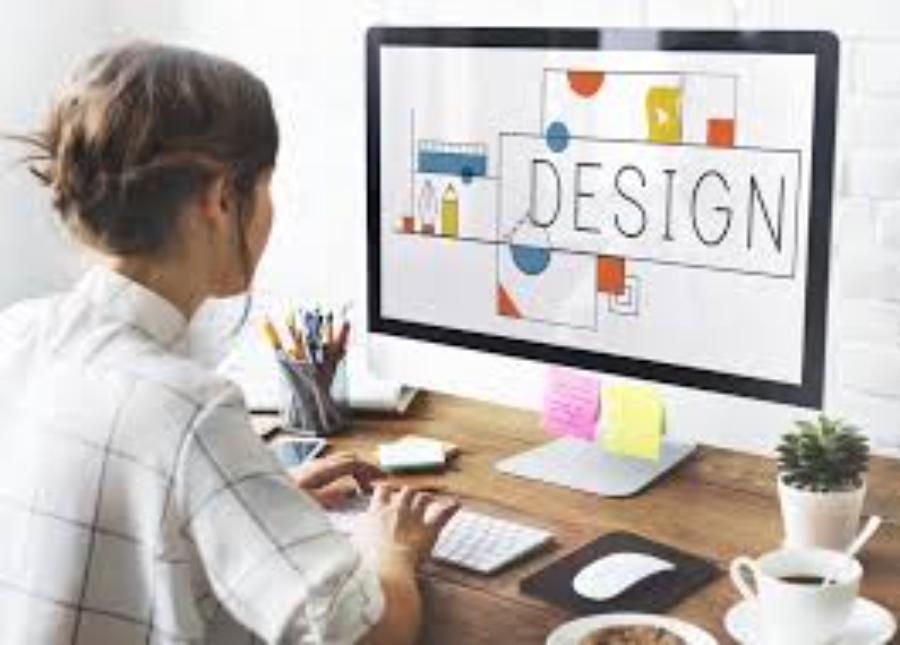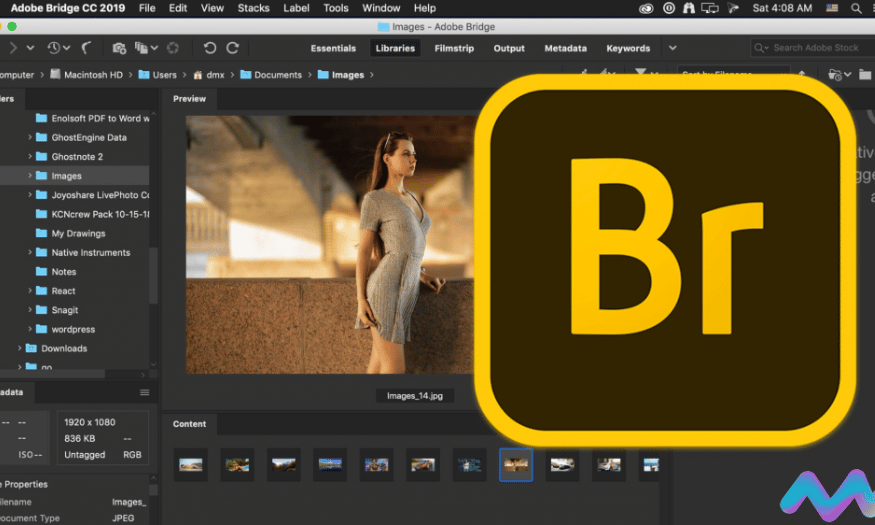Best Selling Products
101 effective design learning methods for beginners
Nội dung
- 1. Understand the goal when learning design
- 2. Learn about popular design fields
- 3. Explore free documents on the internet
- 4. Invest in a professional course
- 5. Practice every day
- 6. Get familiar with popular design tools
- 7. Learn to use color palettes effectively
- 8. Build a personal portfolio
- 9. Join the design community
- 10. Try your hand at real projects
- 11. Conclusion
Discover 101 ways to learn design for beginners, helping you grasp quickly and confidently step into your creative journey with detailed, easy-to-apply suggestions.

Design is becoming an attractive field with many career development opportunities. However, to start this journey, beginners often encounter many difficulties. The following article by sadesign will provide 101 ways to learn design from basic to advanced, helping you quickly get acquainted and develop skills in this creative field.
1. Understand the goal when learning design
Before you start, be clear about your goals. Do you want to learn design to work professionally, start a business, or simply pursue your personal passion? Knowing your direction will help you choose the right learning method and save time.
.jpg)
Understanding your goals when learning design is an important factor that helps you orient yourself in the right direction in the process of developing your skills. The goal is not only a compass for you to determine what you need to learn but also a motivation to push you to overcome challenges. Take the time to analyze your personal needs, the professional field you want to pursue and the values you want to bring through your design products. When the goal is clearly defined, it will be easier for you to build an effective learning path, focus on exploiting the appropriate tools and methods, thereby enhancing your creativity and creating designs with high practical value.
2. Learn about popular design fields
Design is a diverse and rich field, including many different areas to serve the needs of life and work. Design includes many fields such as graphic design, web design, interior design, fashion design and more. Take the time to explore each field to find the right choice for you.
Each field requires creativity, professional skills and the ability to grasp trends to create products with high aesthetics and meet user requirements. Deep understanding of each field not only helps designers develop their careers but also contributes positively to the innovation and development of modern society.
3. Explore free documents on the internet
There are many free online design courses and resources available for beginners. Platforms like Coursera, Udemy, and YouTube are great resources to learn from.
.jpg)
Exploring free materials on the internet is an effective way to expand knowledge and improve personal skills in many different fields. With the strong development of technology and information networks, users can easily access rich resources such as e-books, research articles, online courses and video tutorials from reputable platforms. However, to get the most value from these materials, users need to choose reliable sources, and comply with copyright and intellectual property regulations to ensure that learning and research are conducted professionally and responsibly.
4. Invest in a professional course
If you want to go further, investing in a professional course is essential. These courses often provide clear pathways, experienced instructors, and hands-on practice opportunities.
Exploring free resources on the internet is an effective way to expand knowledge and improve personal skills in many different fields. With the rapid development of technology and information networks, users can easily access rich resources such as e-books, research papers, online courses and video tutorials from reputable platforms.
However, to get the most value from these materials, users need to choose reliable sources and comply with copyright and intellectual property regulations to ensure that learning and research are conducted professionally and responsibly.
5. Practice every day
Practice is key to improving your design skills. Spend at least 1-2 hours a day drawing, prototyping, or working with design software.
.jpg)
Daily practice not only helps you improve your skills, but also creates positive habits that help build perseverance and discipline. Whether it is in work, study or personal areas, taking time to practice regularly will bring clear results in the long run. Identify specific goals, make a detailed plan and commit to implementing them, because success is often built from small but persistent efforts every day.
6. Get familiar with popular design tools
To get familiar with popular design tools, you need to master the fundamentals and understand what each tool is for. Some design tools you should know include:
Adobe Photoshop : With the ability to edit photos in depth, create special effects, and design graphic products from basic to complex, Photoshop brings unlimited flexibility and creativity to users. Becoming familiar with and proficient in this tool not only helps improve personal skills but also opens up many career opportunities in the creative industry.
Adobe Illustrator : With a friendly interface and powerful features, this software allows users to create creative, professional and highly accurate products. Becoming familiar with Adobe Illustrator will not only help you improve your design skills but also open up many opportunities in the creative industry. To use it effectively, you should focus on mastering basic tools such as Pen Tool, Shape Builder Tool, and Gradient Tool, and learn how to organize layers and use colors properly.
Figma : With outstanding advantages such as the ability to work online, support real-time collaboration and integrate many flexible features, Figma has become the top choice for professional designers. Familiarizing and mastering this tool not only helps optimize the design process but also improves teamwork efficiency, especially in projects that require close coordination between members.
SketchUp : With a friendly interface and diverse features, SketchUp not only supports users in creating detailed 3D models but also helps optimize workflow through the ability to integrate with other software. This is an ideal choice for both beginners and professionals who want to realize design ideas quickly and effectively.
7. Learn to use color palettes effectively
Color is an important element in design. Learn about color theory, color combinations, and how to apply them in your projects.
Using a color palette effectively plays an important role in designing and conveying visual messages. To achieve this, you need to understand the meaning of each color, how they combine with each other and how they affect the viewer's emotions. Choose colors that match your communication goals, ensuring harmony and balance in the layout. At the same time, experimenting and applying principles such as the color wheel or the 60-30-10 rule will help you optimize visual effects, creating professional and attractive designs.
8. Build a personal portfolio
A portfolio is a tool to showcase your skills and attract clients or employers. Start with small projects, then update regularly to reflect your progress.
.jpg)
Building a personal portfolio is an important step to demonstrate your abilities, experience and achievements in a professional manner. A quality portfolio not only helps you impress employers or partners but is also an effective tool to affirm your personal brand. To create an impressive portfolio, you need to clearly present your completed projects, professional skills and the value you bring. Make sure that the content is organized logically, use appropriate images and illustrations, and update regularly to reflect your current abilities. A carefully invested portfolio will be the key to helping you stand out in today's competitive market.
9. Join the design community
Joining online or local design communities will help you learn from others' experiences and get helpful feedback.
This is a great opportunity to expand your network, learn from industry experts, and stay up to date on the latest design trends. This is not only a place to share creative ideas, but also an environment to develop skills, receive constructive feedback, and explore potential collaboration opportunities. Become part of a community that together drives innovation and creates groundbreaking design values.
10. Try your hand at real projects
Once you have the basics down, try your hand at real-world projects. This will help you put theory into practice and develop creative thinking.
Participating in real-world projects not only helps you apply what you have learned in practice, but also provides an opportunity to develop professional skills, practice problem-solving and teamwork. This is an important step to gain experience, build a network of relationships in the industry and increase your value in the eyes of employers. Facing real-world challenges will help you mature and prepare for great opportunities in the future.
11. Conclusion
Design is not only a skill but also an art, requiring perseverance, creativity and continuous learning. Hopefully with the 101 ways to learn design shared in this article, you will find the right path and confidently conquer this potential field. Wish you success!












































